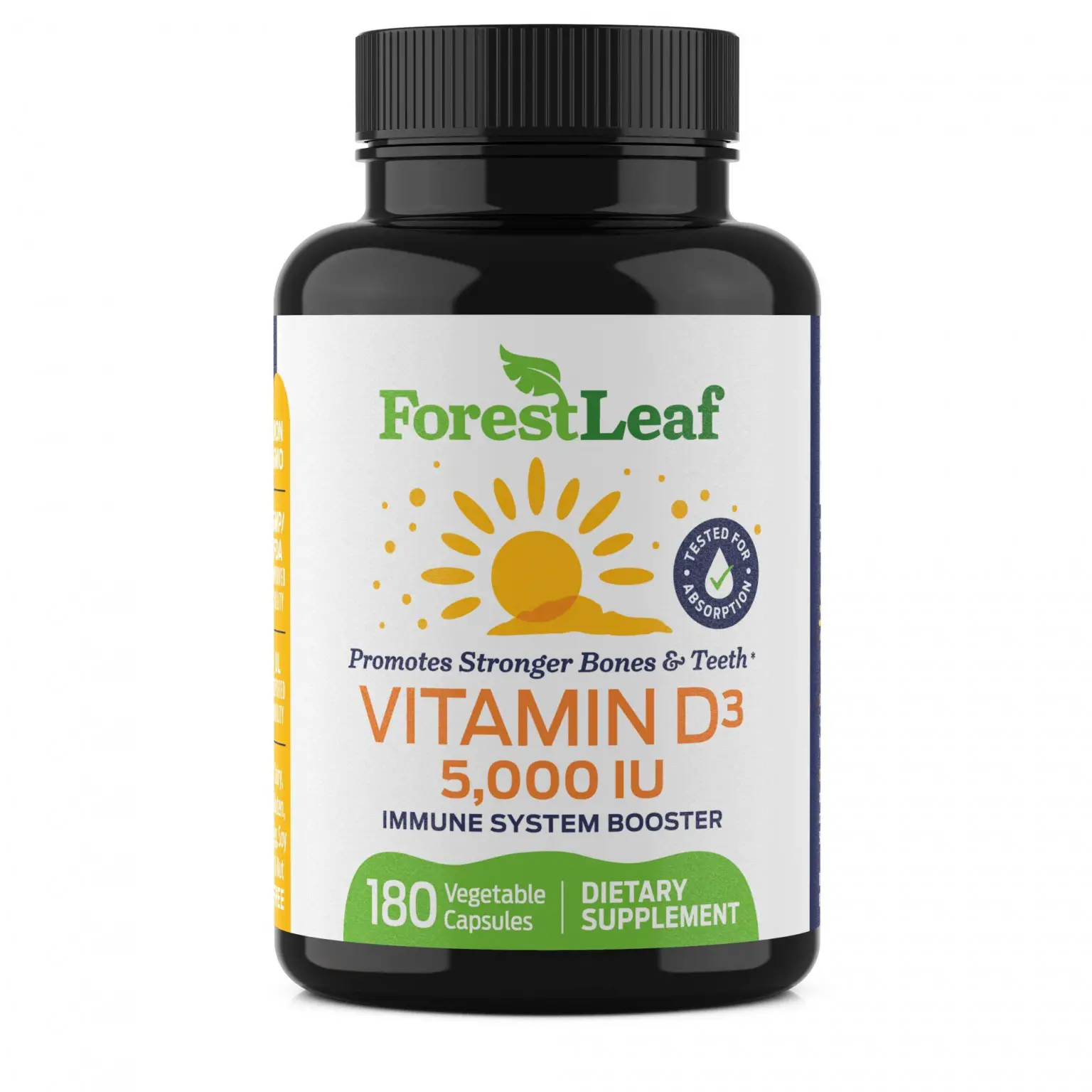

The Institute of Medicine has placed the recommended dietary allowance, or RDA, for vitamin D at 600 international units (IU) per day for young adults and 800 IU per day for adults older than 70. Currently, different recommendations exist. Recommendations for how much daily vitamin D adults need through diet have changed over the years.
#Mcg to iu vitamin d skin#
Also, if you regularly wear sunscreen with a sun protection factor higher than eight - a wise move to protect your skin from cancer - or if you have a darker skin tone, you may not be absorbing vitamin D, even when you are out in the sunshine. You also can get vitamin D through direct exposure to sunlight, although the amount of sun you need to get enough vitamin D can vary greatly.įor people in northern climates or those who spend most of their time indoors, adequate exposure to sunlight can be hard to get. And certain health conditions that affect the gastrointestinal tract may decrease the absorption of vitamin D and predispose to low vitamin D blood levels. In general, even with fortified foods, diet usually doesn’t provide enough vitamin D. In the U.S., many people get the bulk of their dietary vitamin D from foods that are fortified with it, including milk, cereals and some brands of yogurt and orange juice. But the amount of vitamin D in these foods is quite small. Vitamin D is found in some foods, such as egg yolks, cheese, cod liver oil, beef liver and fatty fish like tuna, salmon, sardines, herring and mackerel. However, an association does not mean low vitamin D causes these conditions, or that taking a vitamin D supplement will adequately prevent or treat them. Low vitamin D also is associated with falls, multiple sclerosis, rheumatoid arthritis, chronic pain, diabetes, high blood pressure, cardiovascular disease and some cancers. Research suggests that consistently getting enough vitamin D can significantly lower the risk for the bone-thinning disease osteoporosis. It also helps keep your muscles, nerves and immune system healthy. Because it works as a key that allows your body to absorb calcium, vitamin D plays a critical role in forming and maintaining healthy bones. Vitamin D is important because it helps your body sustain normal levels of calcium and phosphorus. Because few foods contain vitamin D naturally, eating foods fortified with vitamin D and taking a supplement may be beneficial. Using the recommendations that fall on the low end, many adults don’t get the amount of vitamin D they should. What do you recommend?ĪNSWER: Understanding how much vitamin D you need can be confusing because there are different recommendations about how much vitamin D adults should get. One doctor told my husband that everyone living in the Northern Hemisphere should take a vitamin D supplement every day, even in the summer.

DEAR MAYO CLINIC: I have heard different recommendations from different sources regarding vitamin D.


 0 kommentar(er)
0 kommentar(er)
